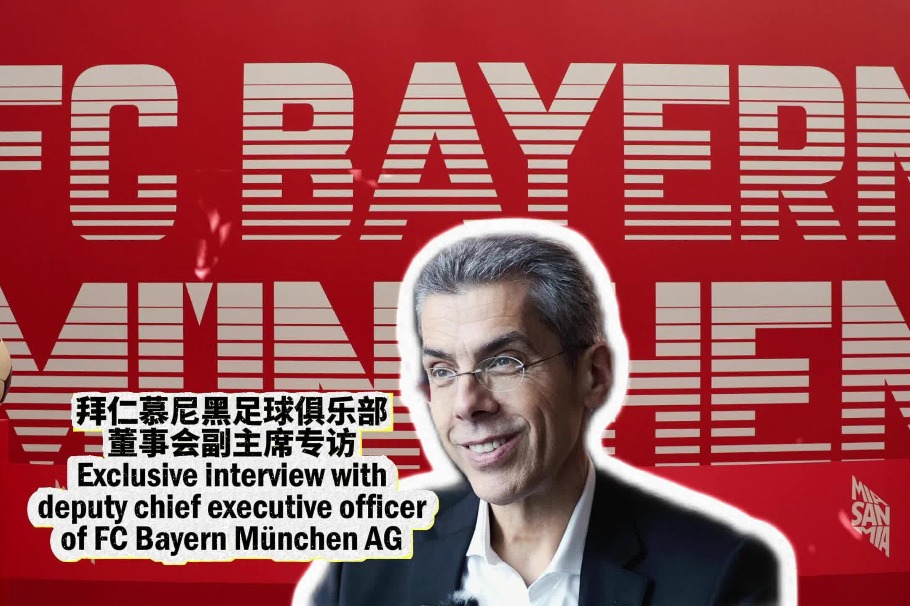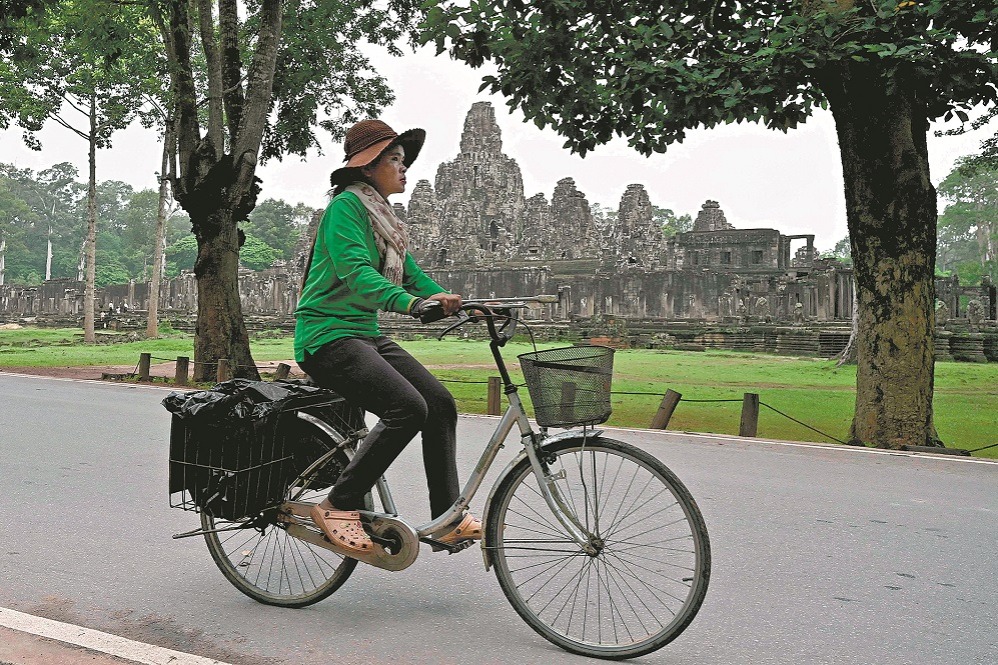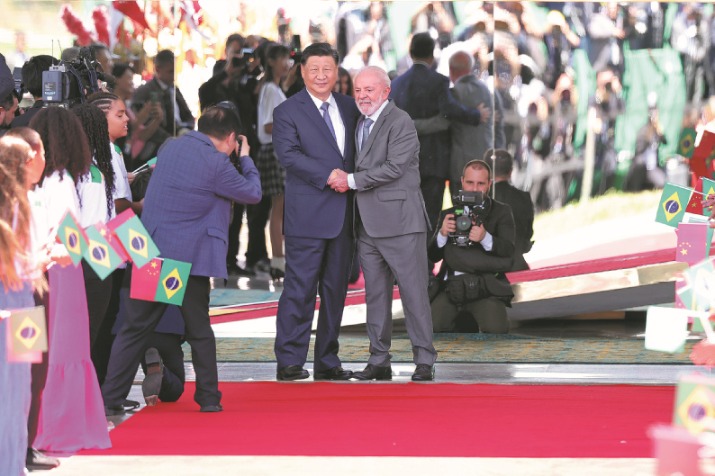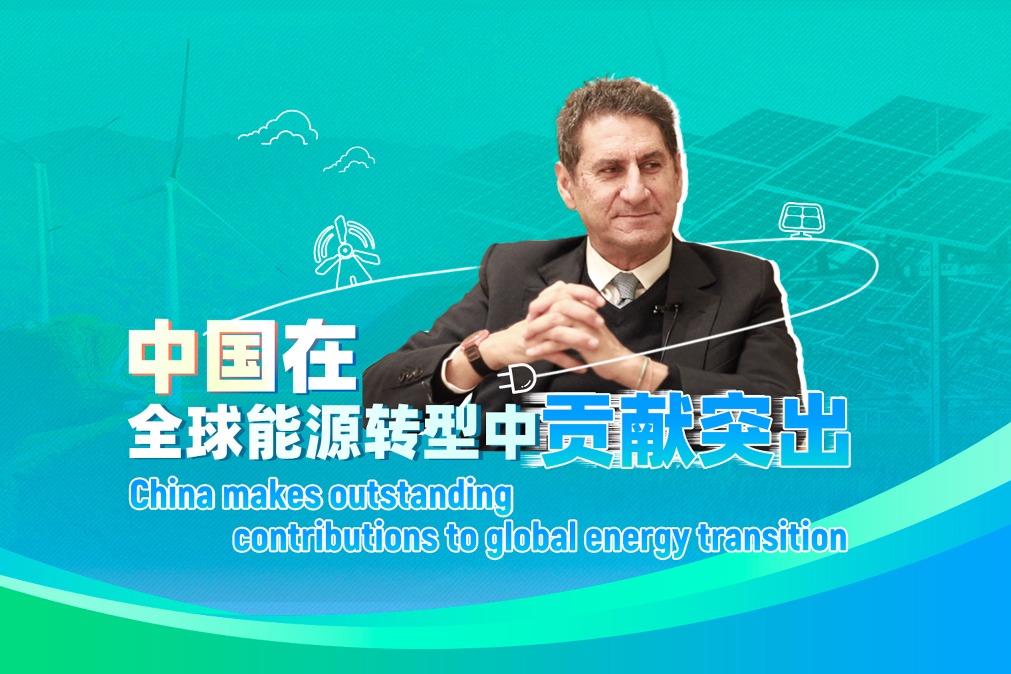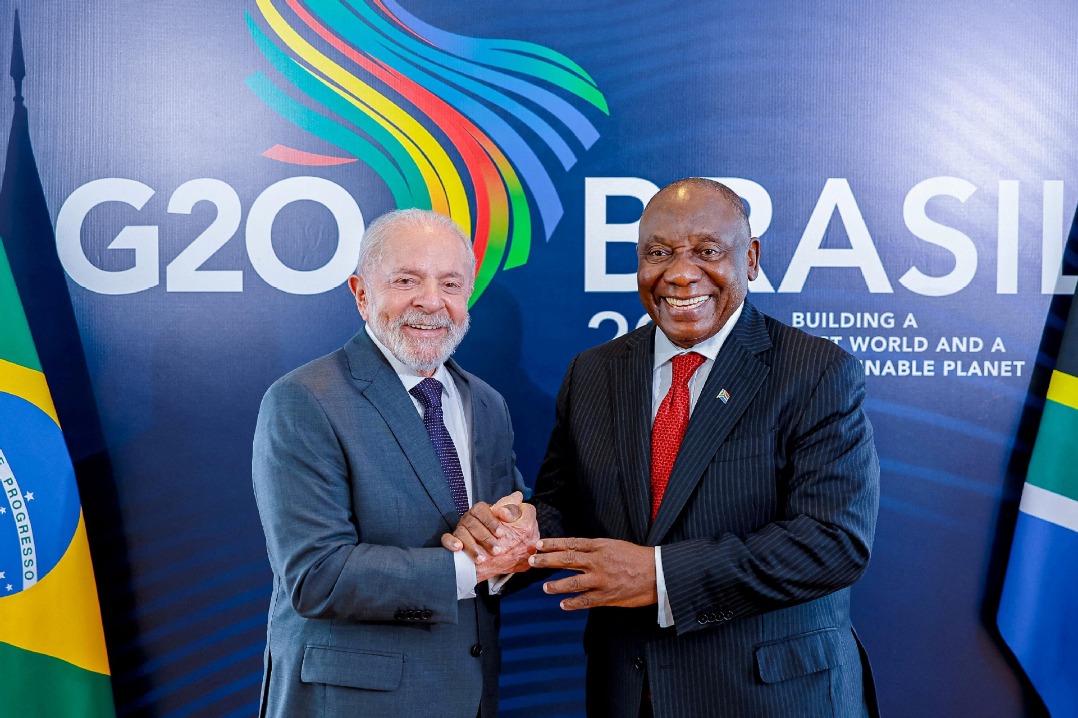Remembering how, when US-China ties all began
By LIU YINMENG in Los Angeles | China Daily Global | Updated: 2019-04-12 22:36
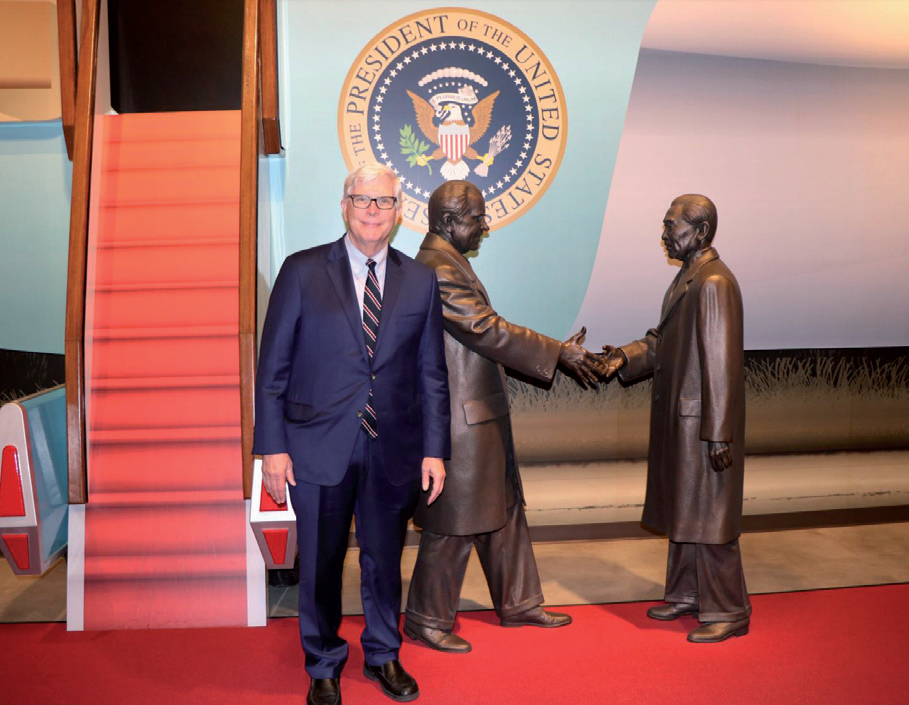
Editor's Note: "My China Album", a story-sharing project run by the Chinese embassy in Washington and China Daily, aims at highlighting the friendships between the Chinese and American peoples, as expressed in photographs and accompanying captions. Those interested in participating in the program are invited to submit up to three photos with captions of 300 words or fewer, explaining the person-to-person exchange or relationship depicted in the photos. The deadline for submissions is April 19, 2019. For more details, visit http://global.chinadaily.com.cn/mychinaalbum.
While President Nixon laid the groundwork for solid US-China relations, his presidential library has long been a symbolic center for facilitating active dialogue between people of the two countries.
Now with an incoming new leader, it seems the library's role is about to grow even stronger. Hugh Hewitt, who takes over as president of the Richard Nixon Foundation on July 1, pledged to continue working to preserve the relationship between the two countries.
"I would love to see the foundation become the home for an annual or at least regular gathering of scholars, academic diplomats, and military on the state of the relationship between the PRC and the United States. It's the most important relationship in the world," Hewitt said.
A graduate of Harvard University and the University of Michigan Law School, Hewitt, 63, had worked for Nixon as a researcher and writer for his books The Real War and Leaders, shortly after graduating from Harvard in 1978.
He was "the first employee at the Nixon Library" who returned to California in 1989 upon Nixon's request to oversee the library project from groundbreaking through grand opening on July 19, 1990.
Now 30 years later, Hewitt returns as the foundation's president and CEO at the request of the foundation's board of directors, he said.
He wants to do "programming into the strength of the Nixon presidency," of which China is an important facet.
Sitting on a bench next to the iconic statue depicting the handshake between Premier Zhou Enlai and Nixon during Nixon's historic trip to China in 1972, Hewitt told China Daily that he reads the newspaper every day.
"I want to know what President Xi is up to every day, because he and the president of the US are the two most important people in the world, when it comes to which way the world is going to go," he said.
"These two guys got it started, plus Mao," he added, gesturing to the statues of Nixon and Zhou. "If we can focus on that relationship annually, or every other year, I will be a very happy director."
In February 1972, Nixon became the first American president to visit China. His trip ended 25 years of no communication between the two countries and resulted in the normalization of Sino-US diplomatic ties.
The Nixon Library, located in the former president's hometown of Yorba Linda, California, regularly hosts events on US-China related topics.
In January, it partnered with the Roundtable of Chinese-American Organizations to host a banquet in celebration of the 40th anniversary of the establishment of diplomatic ties between the US and China, an event attended by Chinese Consul General in Los Angeles Zhang Ping and elected officials in California.
Hewitt praised Xi Jinping as "very foreseeing", and described Trump's foreign policy toward China as "an unusual strategy".
"I don't like trade wars, and I hope this trade war is over soon," he said.
"This is the way that the world is, we can't pretend that free trade is everywhere and [it's] always embraced, and we have to look at what is a good deal between China and the US. I think we are going to get one," Hewitt added.





